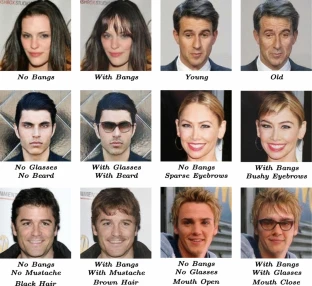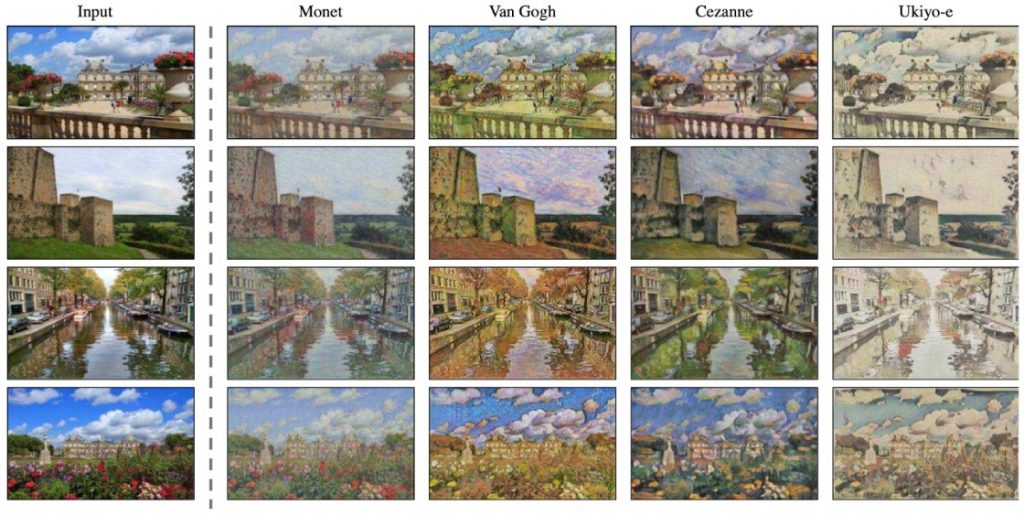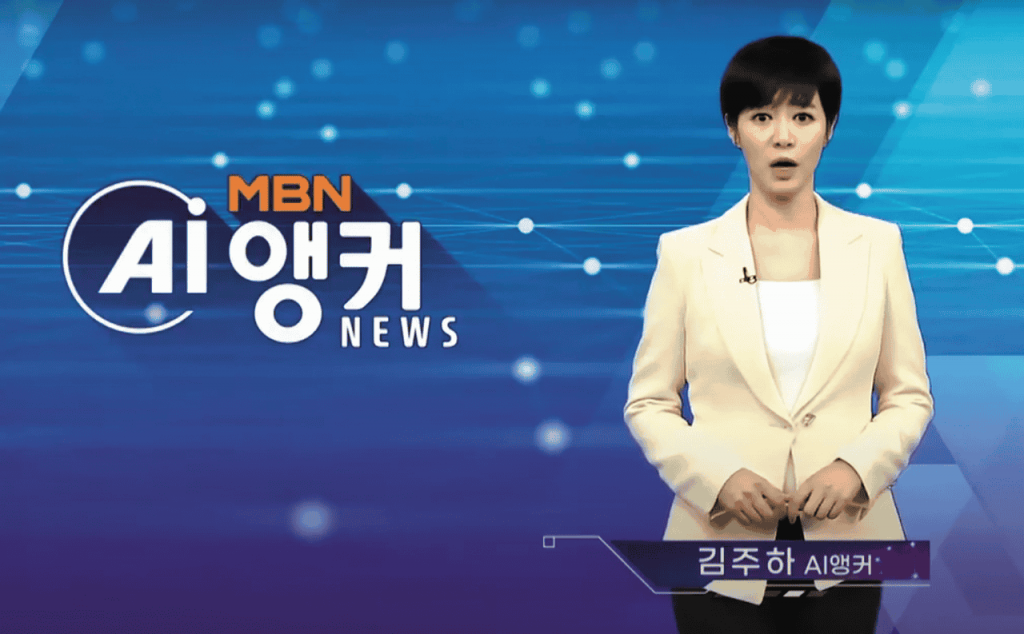What is Generative Adversarial Networks: A Comprehensive Guide

Author : Ben Kumar 10th Jul 2023

Introduction to GANs
Generative Adversarial Networks (GANs) are a groundbreaking deep learning architecture that has gained significant attention in recent years due to their ability to generate highly realistic synthetic data that is difficult to distinguish from real data. Introduced in 2014 by Ian Goodfellow and his colleagues, GANs consist of two neural network models: the generator and the discriminator. The generator creates new samples, while the discriminator classifies them as real or fake. These two models are trained together in a contest or a game, where the generator seeks to fool the discriminator, and the discriminator is provided with both examples of real and generated samples.
Applications of GANs

GANs have been applied to a wide range of applications, including:
1. Image generation: GANs can generate new examples for image datasets, such as creating new photographs that are similar but specifically different from a dataset of existing photographs.
2. Human face generation: GANs can generate highly realistic photographs of human faces that do not exist in reality.
3. Artificial data generation: GANs can generate new, synthetic instances of data that are very similar to real data, which can be useful for various machine learning tasks.
4. Video prediction: GANs can be used to predict future frames in a video sequence[6].
5. 3D object generation: GANs can generate 3D objects for applications such as virtual reality and gaming.
6. Image to image translation: GANs generate synthetic images by altering the external characteristics, like color, medium, or shape, of input images while retaining their internal elements. See image below

7. Style transfer: GANs have the capability to apply style transfer between images, allowing for the creation of a painting resembling Vincent van Gogh’s style using a landscape photograph as the source (see image below).

Some interesting case studies of GAN applications include MyHeritage’s Deep Nostalgia, which brought old pictures to life using AI technology, and South Korea’s daily broadcasting channel MBN, which used GANs to create realistic video footage.
Benefits of using GANs in Machine Learning

Generative Adversarial Networks (GANs) offer several benefits in machine learning, particularly in tasks involving data generation and manipulation. Some of the key advantages of using GANs include:
1. High-quality data generation: GANs can generate realistic, high-quality synthetic data that is difficult to distinguish from real data, making them useful for various applications such as image generation, human face generation, and artificial data generation.
2. Unsupervised learning: GANs can learn from unlabeled data, which reduces the need for manual labeling and makes them suitable for tasks where labeled data is scarce or expensive to obtain.
3. Cross-domain applications: GANs can be used for tasks such as image-to-image translation, text-to-image translation, and domain transfer, enabling the transformation of data from one domain to another.
4. Versatility: GANs can be applied to various domains, including image, text, audio, and video generation, making them a versatile tool for machine learning practitioners.
5. Improved performance: GANs have shown better performance in certain tasks compared to other generative models, such as Variational Autoencoders (VAEs) and Restricted Boltzmann Machines (RBMs).
6. Real-world applications: GANs have been successfully applied in various industries, such as entertainment, healthcare, marketing, and e-commerce, demonstrating their practical utility.
However, it is essential to note that GANs also have some limitations, such as training difficulties, vanishing gradients, mode collapse, and failure to converge. Despite these challenges, GANs continue to be a popular choice for machine learning tasks involving data generation and manipulation due to their numerous benefits.
Challenges and Limitations
Despite their impressive capabilities, GANs face several challenges and limitations:
1. Vanishing gradients: If the discriminator is too good, generator training can fail due to vanishing gradients, meaning an optimal discriminator doesn’t provide enough information for the generator to make progress.
2. Mode collapse: The generator may over-optimize for a particular discriminator, resulting in a limited variety of output types.
3. Failure to converge: The model parameters may oscillate, destabilize, and never converge.
4. Training difficulties: GANs are hard to train and suffer from problems such as difficulty converging, instability, and mode collapse.
The Future of Generative Adversarial Networks (GANs)
The future of GANs is promising, with ongoing research aimed at addressing their challenges and limitations. As GANs continue to improve, we can expect to see even more impressive applications in various industries, such as entertainment, healthcare, and marketing. Furthermore, advancements in GANs may lead to the development of more sophisticated deepfake technologies, which could have significant societal impacts.
The advancements in GANs may also lead to the development of more sophisticated deepfake technologies, which could have significant societal impacts. While deepfakes can be used for entertainment purposes, they also pose potential risks, such as the spread of misinformation and privacy concerns. As GANs become more advanced, it will be crucial to develop methods to detect and mitigate the negative effects of deepfakes and other malicious uses of GAN-generated content.
Finally, the future of GANs is promising, with ongoing research aimed at addressing their challenges and limitations. As GANs continue to improve, we can expect to see even more impressive applications in various industries, as well as new challenges and opportunities arising from their advancements.
Notable Cases of GAN Applications

Here are some notable case of GAN applications:
1. MyHeritage’s Deep Nostalgia: This AI technology brought old pictures to life, allowing people to see their deceased loved ones in action once more.
2. South Korea’s MBN: The daily broadcasting channel used GANs to create realistic video footage.
3. CycleGAN: This project enables image-to-image translation, such as converting a photo of a horse into a zebra.
4. DCGAN: This project generates high-quality images of faces, objects, and scenes.
